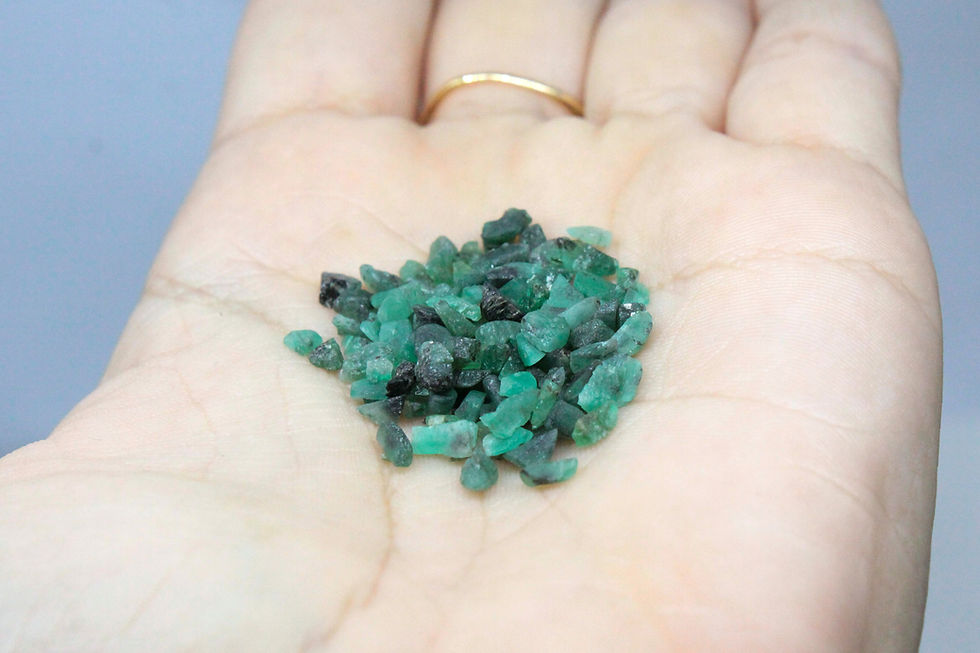Petrified wood is a fossilized mineralized form of ancient wood, resulting from the replacement of organic tissues with minerals through a process called permineralization. This transformation occurs over geological time scales, typically in sedimentary environments. The mineral composition of petrified wood primarily includes silica, often in the form of quartz, which replaces the original cellulose and lignin components of the wood. The fossilization process begins when plant material becomes buried in sediment, isolating it from oxygen and microbial decay. Over time, groundwater carrying dissolved minerals permeates the porous structure of the wood. The minerals precipitate out of the water and gradually replace the organic tissues, replicating the original cellular structure with mineral content. Petrified wood commonly exhibits a diverse range of colors and intricate patterns, influenced by the mineral impurities present during the fossilization process. The resultant fossilized wood often displays remarkable preservation of cellular details, including growth rings and wood grain.
Agate is identical to chalcedony in terms of composition and physical properties. They are both Silicon Dioxide crystals with the mineral composition SiO2.
Agate can be characterised as a Silicon Dioxide formation that displays patterned concentric banding and wild varieties of colour. When the patterns inside an agate are all straight lines, the stone is called “Onyx”, or when no patterning is visible it is called “Chalcedony” but both contain the same identical mineral composition as Agate.
Agate occurs naturally as amygdales (gas bubbles that are filled) rising to the top of basaltic andesite lava flows. Amounts of silica with accompanying minerals (causing variations in colour and transparency) are despoited into the "Bubble" over time, causing layers of alternating colour. "Thunder Eggs" occur as spherulites (crystals grouping around a point) in rhyolitic lava.
Grade is dependant on the banding, colour, transparency & shape. Agate is often dyed to enhance its colour, however this agates colour is 100% Natural and Untreated.





















